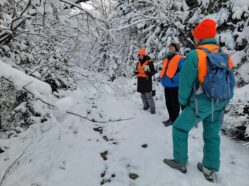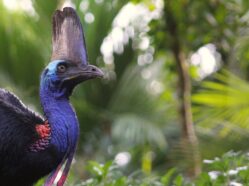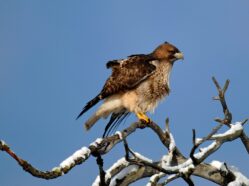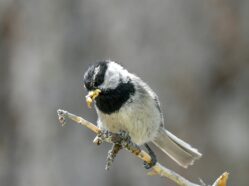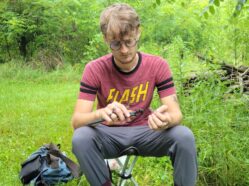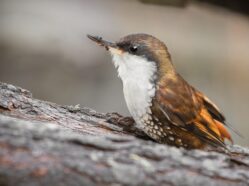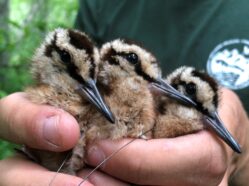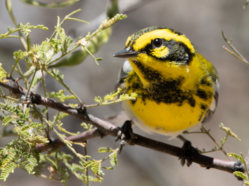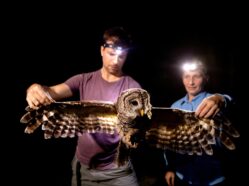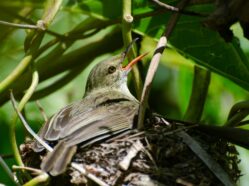Humans outperform Merlin Sound ID in field-based point-count surveys
It’s a morning many birders dream of: You wake up, make your morning coffee, and settle in to read the eBird rare bird alerts that rolled into your inbox as you slept. Suddenly, you see something that makes your heart race—a rare bird you’ve never seen before was sighted in your area!
